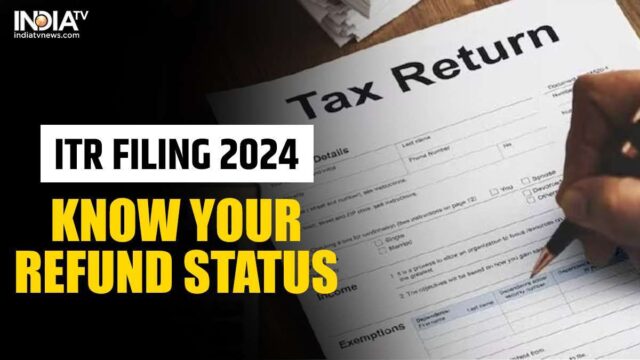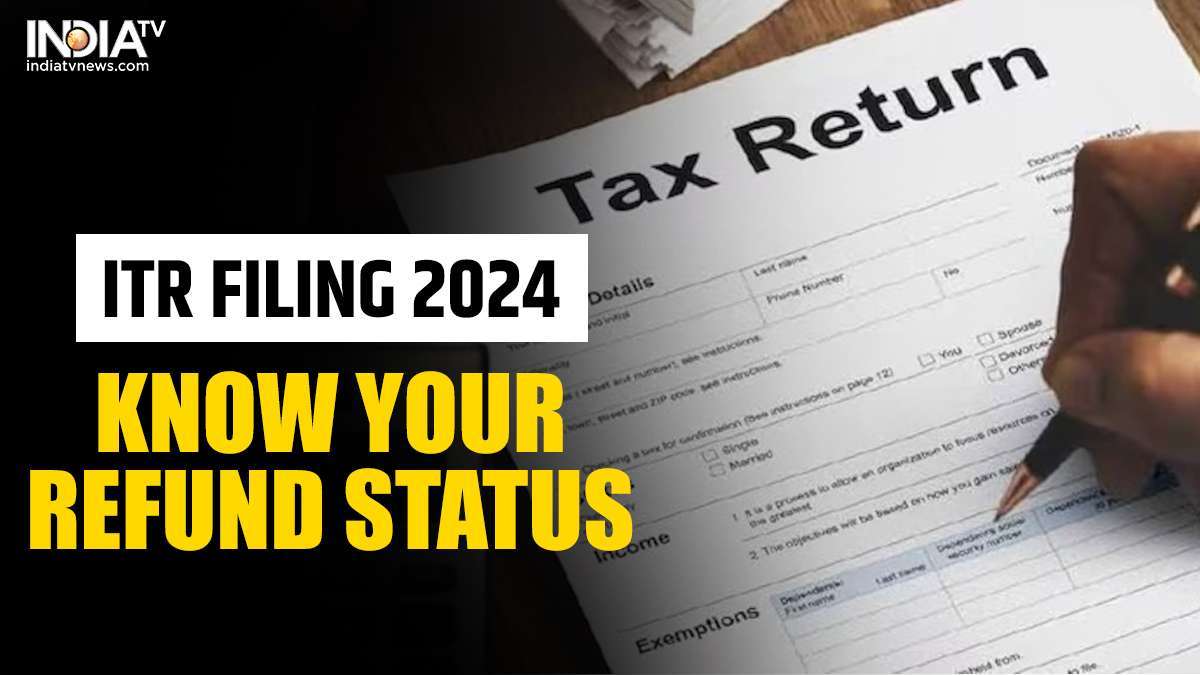
Taxpayers who have filed their Income Tax Returns (ITR) and are awaiting refunds need not worry about delays. The Income Tax Department is currently processing returns, and refunds will be issued based on the type of ITR form filed. Here’s a breakdown of when you can expect your refund based on the form you submitted.
Processing times vary by ITR Form
The Income Tax Department processes ITR forms based on the form type, the nature and amount of deductions/exemptions claimed, and other factors. Consequently, the processing time—and the time to receive a refund—varies.
ITR-1: Fastest refunds
ITR-1 is generally processed quickly due to its simplicity. Historically, individuals filing ITR-1 using Form 16 have had their returns processed in less than 10 days, with refunds issued within 15 days. This year, too, ITR-1 filers are expected to receive refunds the fastest.
ITR-2: Moderate processing time
ITR-2 includes additional details like capital gains, requiring verification and scrutiny. This form usually takes 20 to 45 days to process, though it may take longer if further information is needed.
ITR-3: Longer processing due to complexity
ITR-3 forms involve complex data, such as business income, requiring detailed review. This form typically takes 30 to 60 days to process, resulting in a longer wait time for refunds.
Steps to check tax refund status using PAN card
- Visit the official Income Tax e-filing portal at https://eportal.incometax.gov.in.
- Log in using your PAN, password, and the given captcha code.
- Navigate to the “My Account” section and select “Refund/Demand Status.”
- Here, you can view details about your refund status, including the assessment year, current status, any reasons for refund failure if applicable, and the mode of payment.
Currently, India has two personal income tax regimes. The old regime has higher tax rates but offers several exemptions and deductions. The new regime features lower tax rates but fewer deductions.
Also read | Record 7.28 crore Income Tax Returns filed by July 31, marking 7.5 per cent increase: Tax Department





































